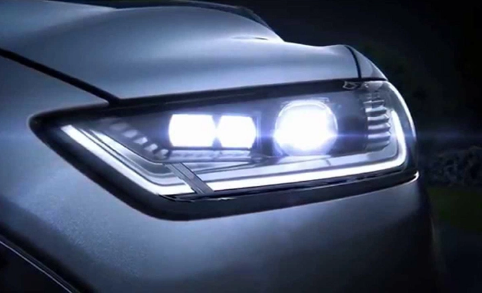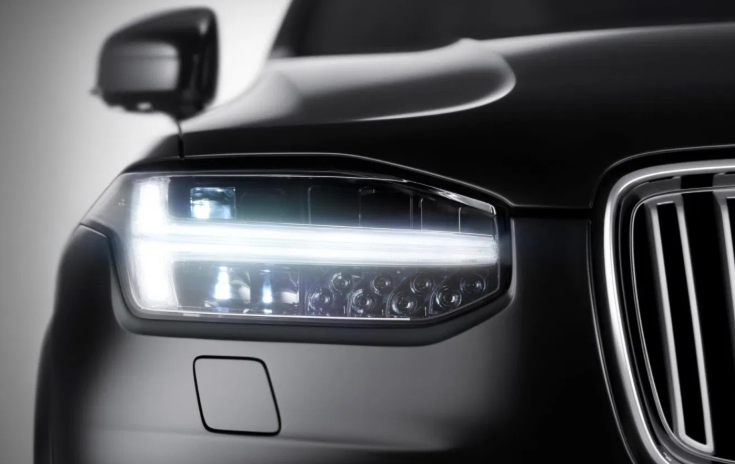At one time, the only restrictions imposed on the height of a vehicle had to do with the size of its tires and the total height (aka, the bridge office). The National Transportation Road Safety Administration found some time ago that those mandates were insufficient to ensure that the altered vehicle maintained its factory rated crash rating, or that other vehicles would be able to see them all. Several states have laws regarding the height of the headlights, and many uses these types of laws involve the bumper and the height of the tail light as well.
Purpose
Headlight laws have a dual purpose. The first is that they ensure that an altered vehicle can see from the rearview mirrors of a front vehicle, which can be a problem for custom car torsion by drag. Second, the location of the headlight serves as a reference point for the location bumper, by regulating the high low beam h13 led headlight bulb that can only be above or below a certain point.

Headlight Requirements Height
Headlight heights always measured from ground level to the center of the lowest bulb in the headlight assembly of a vehicle. The states continue to demand that the height of the headlight housing be between 24 and 54 centimeters above ground level: Alaska, Arkansas, Washington DC, Indiana, Kansas, Louisiana, Maine, New Mexico, New York, Oklahoma, Oregon, and Texas. Colorado forces a maximum height of light (44 inches), but not a minimum.
Impact effects
Headlight height has more to do with the height stop than anything else, which has everything to do with crash protection. Bumpers that are too high will reach the weak glass or B-pillar (the roof support in the center) in another vehicle. The vehicles should collide in case of a side impact. The opposite is true for excessively low vehicles, which become a target for everyone else’s bumpers in the event of a side impact.

Fog-Lights and Headlights
Headlight heights are measured from the location of the lowest of the location of the front light of a vehicle, and not of grille or fog lights mounted bumper (which they considered “auxiliary” of most states). What constitutes a “fog of light” in front of a “headlight” can be a bit confusing when talking about vehicles such as the Subaru STi or Mitsubishi Evolution, which have fog lights mounted on the bumper of the same size or larger than the headlights real. In general, it is safe to assume that the “headlights” of such a vehicle are exactly the place where you want to assume they are. Of course, it would be a difficult time to lift a Mitsubishi Evo front bumper 4 feet off the ground, but the point is still standing.
Additional lights
No state explicitly prohibits mounting additional lights on the roof of a vehicle, hood, or roll-bar for off-road use. Some local jurisdictions regulate how high the lights can be mounted, but most are fine, as long as they are under 13 feet 6 inches. In general, you can mount as many lights as you want wherever you want as long as you don’t activate them on public roads. The only exception to this rule is for rotating mounted bulbs, which may or may not be legal in your county or parish.
